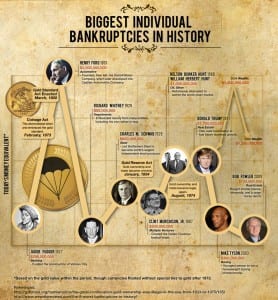in Re Lisowski: Florida Bankruptcy Court Decision Grants Separate Exemption for Mobile Homes
In Re Lisowski: Florida Bankruptcy Court Decision Grants Separate Exemption For Mobile Homes An Opinion By The Great Bankruptcy Judge, The Honorable Paul M. Glenn By Jay Weller A 2008 United States Bankruptcy Court Decision by the Honorable Paul M Glenn, held that Florida’s Modular Home Exemption which permits Debtors who own a mobile home that is used as their Residence, and is located on leased land, does not implement the Florida Homestead Exemption, but is a separate Exemption, and can be applied under the Read More +


